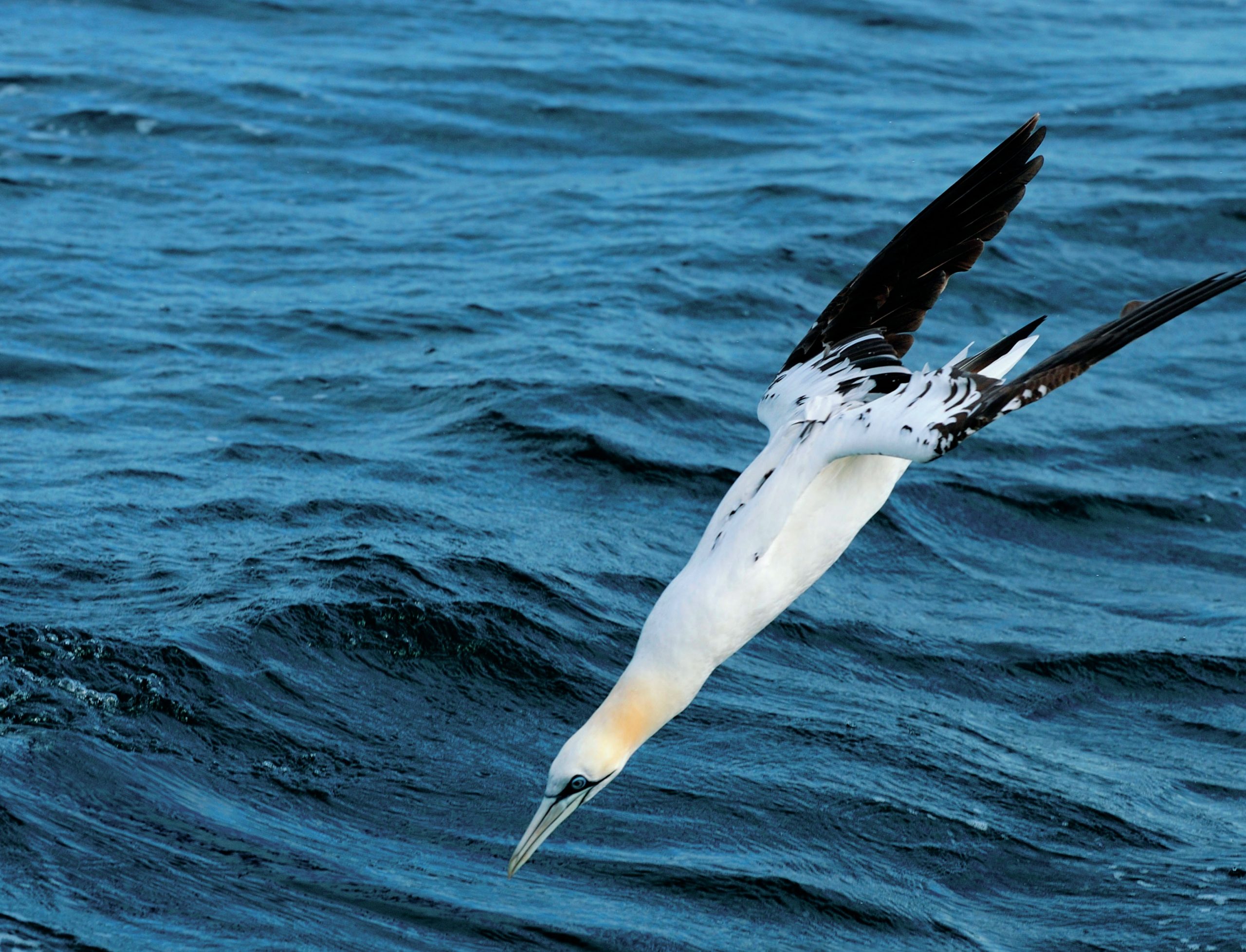
The northern gannet (Morus bassanus) — one of three gannet species worldwide — can be seen all around the British coast. Gannets are Britain’s largest seabirds, with wingspans of up to 180cm. Huge, crowded breeding colonies are located on coastal cliffs and offshore islands such as Bass Rock in Scotland, where numbers can reach 150000 during the nesting season (see Box 1). But what is really striking when you spot a group of gannets is their feeding behaviour, characterised by extreme, high speed dives to catch fish.
Colonies of northern gannets are found on coasts and islands across the North Atlantic, from Canada to Iceland, Scandinavia and the UK. Around 60% of Europe’s gannets breed in Scotland. Individuals usually return to the same colony each year to mate and nest, and most birds are monogamous throughout their lives. The typical lifespan is around 20–30 years, though individuals have been recorded well into their 30s.
Your organisation does not have access to this article.
Sign up today to give your students the edge they need to achieve their best grades with subject expertise
Subscribe




